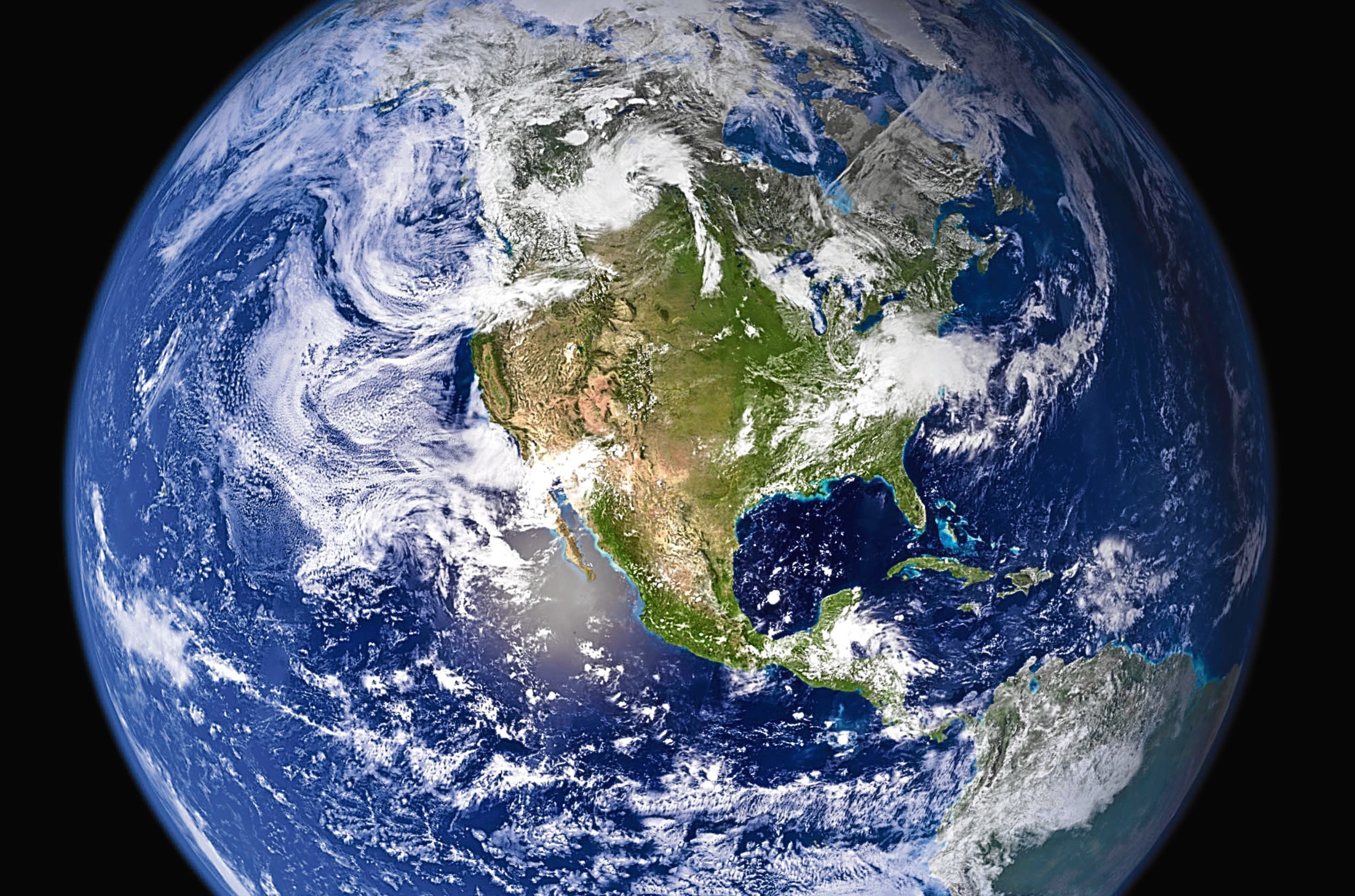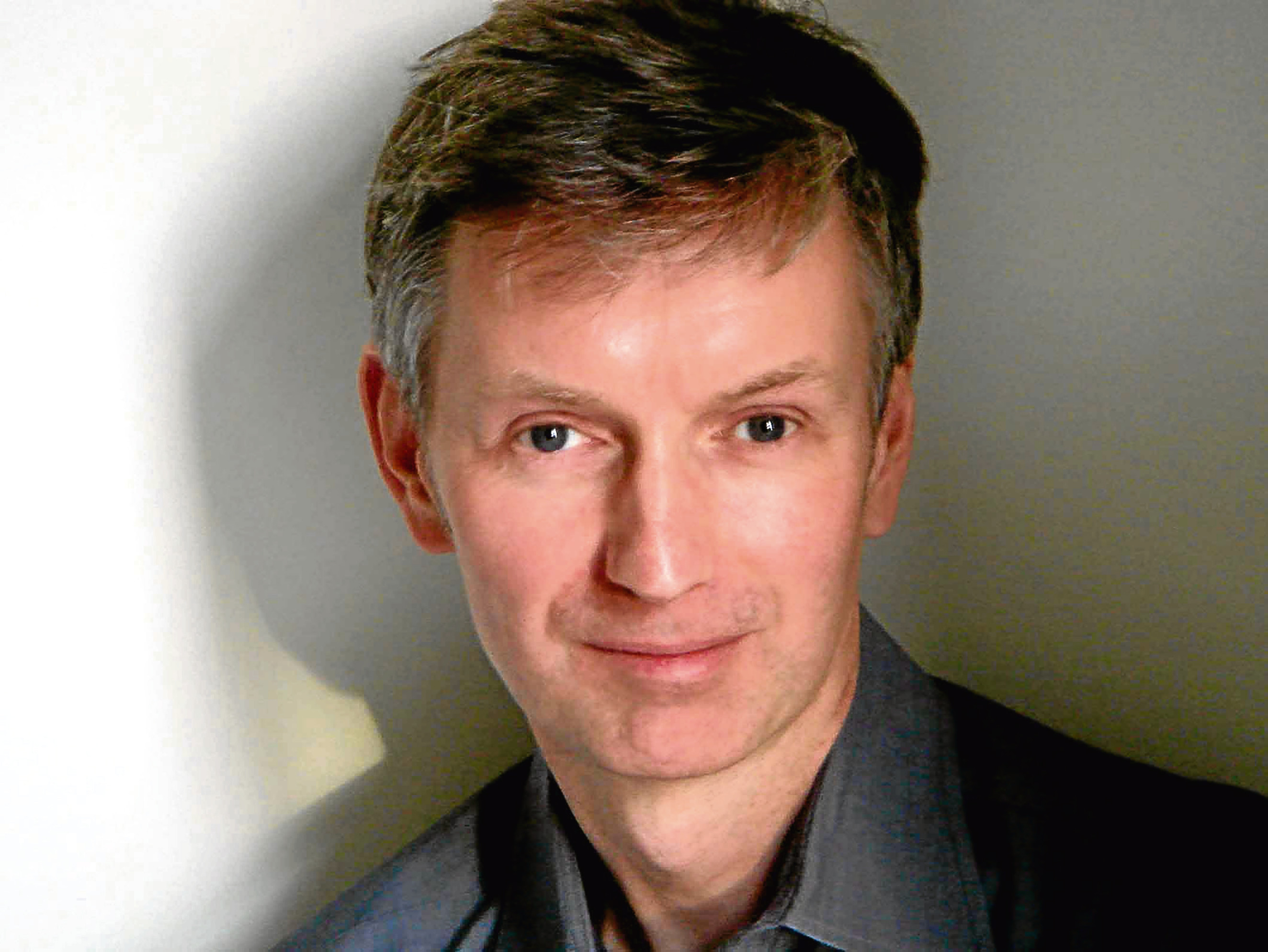
NEXT year sees the 50th anniversary of Apollo’s first manned space missions, a story told in the new book The Earth Gazers (£25).
The book’s author Christopher Potter gives Bill Gibb the Honest Truth about how we first came to see the earth from space.
Why another history of Apollo?
A few years ago I realised that for most of human history we had no clear idea what the earth looked like from the outside; that is, seen from space. If I was to tell that story, a large part of the book would necessarily end up being about rockets, and, in particular, the Apollo programme, but my emphasis would be different.
How rare is it to see the earth from space?
Even today only 24 human beings have had that experience: the Apollo astronauts who went on the nine manned missions to the moon that took place between 1968 and 1972.
What is the most famous mission to the moon?
That would be Apollo 11 in which Neil Armstrong and Buzz Aldrin became the first humans to walk on the moon. For me, the most important mission was Apollo 8, the first of those manned missions.
Why was this such a significant moment?
In 1948 the astrophysicist Fred Hoyle predicted that “Once a photograph of the earth, taken from the outside, is available… a new idea as powerful as any in history will be let loose.” Even in the early 1960s, as spacecraft began to leave the earth’s orbit, the few photographs of the earth that were sent back were of low quality and only rarely in colour.
How did that change with Apollo 8?
The crew returned with wonderful high-quality colour photographs of the earth, notably one that became known as Earthrise showing our planet rising over the horizon of the moon. They also returned with their personal accounts of first seeing the earth from space. Apollo 8’s commander, Frank Borman, said that it was an intensely emotional experience for all of them: “This must be what God sees.”
How did religion get mixed up with the space programme?
It had been left to Borman to come up with a way of acknowledging to the world what the experience of orbiting the moon had meant to them. During their final broadcast to earth on Christmas Eve 1968 Borman and his crew members chose to read the first few verses of Genesis in the King James Version.
How did the reading go down?
It was immediately protested by Madalyn O’Hair, at the time one of the most famous people in America. She had won a landmark judgment a few years earlier that had outlawed prayer in America’s public schools. Life magazine called her the most hated woman in America.
Did it have any effect?
Though NASA and other organisations across America would receive millions of letters in support of the reading, NASA took her seriously. Buzz Aldrin decided that he, too, needed to acknowledge the significance of landing on the moon, and told NASA that he wanted to celebrate communion on the moon. NASA said that he was free to do so but he would have to perform the ceremony privately.
Did he go through with it?
Aldrin took out the flat-packed chalice he had brought with him, along with a small package of pre-consecrated bread and wine and celebrated communion. He said that in the moon’s gentle gravity the wine poured slowly out of the flask and curled against the side of the cup.
Has seeing the earth from space changed the world in any way?
Two photographs framed the Apollo programme: Earthrise taken during the first mission, and the photograph known as The Blue Marble taken during the last mission, Apollo 17. It has been claimed they are the most reproduced images of all time.

Enjoy the convenience of having The Sunday Post delivered as a digital ePaper straight to your smartphone, tablet or computer.
Subscribe for only £5.49 a month and enjoy all the benefits of the printed paper as a digital replica.
Subscribe